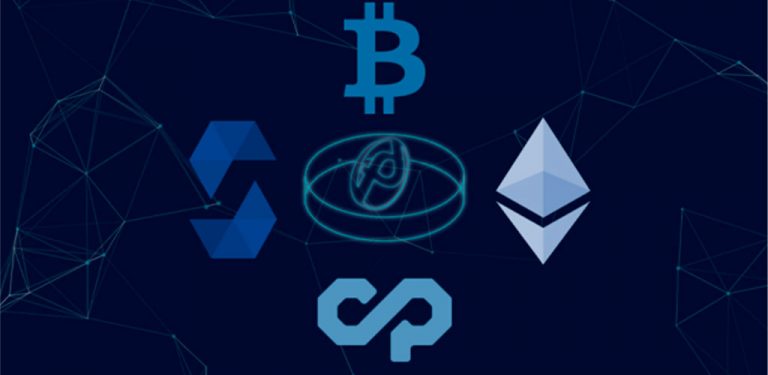In this journey started with the first article of the series, which introduced us to the concept of tokens, we now arrive at a new stage in which we will know a little better how tokens work, and we will see how we can create them, both in the Ethereum blockchain and in the Bitcoin blockchain (yes, you can create tokens based on Bitcoin!).
How do tokens work?
Tokens in Ethereum: the ERC20 standard
In the Ethereum world, the famous Smart Contracts and the Ethereum Virtual Machine [1] provide an "application layer" to the Blockchain technology. We can say that Ethereum is a "programmable blockchain", in which any user can create his own applications, with his business logic and variables, which are stored (and executed) by each and every node of the network. Solidity and Serpent are the programming languages normally used to create Smart Contracts.

The tokens in Ethereum are a certain type of applications or Smart Contracts that follow the ERC20 standard. This means that they implement a series of methods that allow operating with them in a standardized way. Every programmer will therefore know that an ERC20 token must allow at least the following functionalities
- Maintain and report on the status of the token, total supply, and balance of the various accounts
- Transfer from one Ethereum account to another
- Approve the expenditure of an amount
This will give you the necessary tools to perform operations with the token, regardless of the asset, good or service it represents.
To create these "special" smart contracts, or tokens, a series of parameters must be defined, as we saw in the first post of the series:
- The name of the token
- The initial number of tokens to be created
- Decide if it can be divided (have decimals) or not
Tokens in Bitcoin: metacoins
The Bitcoin blockchain does not natively offer an application layer as such, and therefore initially this blockchain allowed almost only transactions with bitcoins. But already in 2013 (almost two years before Ethereum was launched) several projects started to emerge that were based on the Bitcoin platform and that sought to extend its functionality to allow the creation of advanced features and innovative applications beyond the exchange of crypto-currencies.
These Bitcoin extensions, known generically as metacoins, manage to encode their own metadata by "writing to the margins of regular Bitcoin transactions" [2]. Initially, they did so by writing in fields not used by the protocol, and have been moving towards more sophisticated methods such as encoding metadata using the OP_RETURN functionality.
Some of the best known metacoins are:
- Colored Coins is a project that began in 2013 and whose name comes from the analogy of "painting" a coin in a certain color, so that while it retains its intrinsic value, it also represents another asset. It is a blockchain agnostic platform, because although it currently works on Bitcoin, the concept can be extended to Ethereum, Hyperledger or Multichain.
- Omni Layer, previously known as Mastercoin, is another pioneering platform in the world of metacoins, and was the first project funded by an Initial Coin Offering (ICO).
- Counterparty, was created in 2014 and financed through an ICO, for which 2.6 million XCPs, its native token, were created and used for transactions and the creation of other tokens.
Creating tokens using metacoins is easier than creating tokens based on smart contracts. Counterparty, for example, allows the creation of tokens easily, quickly and very cheaply. The process is as follows:
1 Choose the token name (it can also be a random number sequence), the initial number of tokens and determine whether they are divisible or not.
2 Add a description and a logo.
3 Pay the "registration" fee: an alphanumeric token costs 0.5 XCP (about £10 depending on the quote on 10/02/2018) and a numeric token is free.
Once the token is created, the creator will have the total number of "minted" tokens in his or her Counterparty Bitcoins "account". From here, he can trade them for other digital and physical assets or use them as access keys to services, premium application features, etc.

And that's it for today...
In the third chapter of this series we will see some examples of how the tokens of the different blockchains are used in practice.












